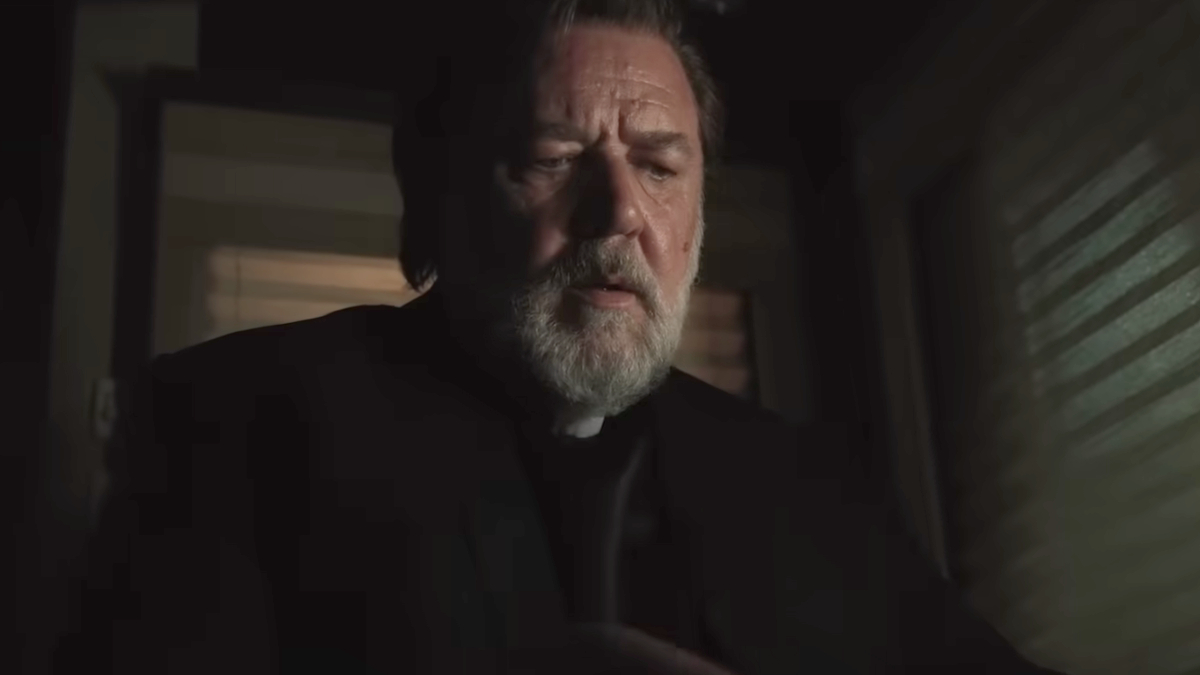
If there’s any filmmaker alive that’s more suited to exploring sexual psychoanalysis and the related theories of Sigmund Freud and Carl Jung than the man behind movies like Crash (the sex ‘n’ traffic accidents one) and Videodrome, we’ve yet to meet him.
David Cronenberg is a master of the kind of cerebral, slightly macabre darkness that lurks in the recesses of every human’s brain and the story of Freud, Jung and their troubled patient Sabine Spielrein is certainly rife with the themes that he regularly explores in his films. It seems a perfect fit; that’s why it’s so disappointing that his latest film, A Dangerous Method, is less a marriage made in heaven and more an awkward first date.
The film, which is written by Christopher Hampton and is based on his play “The Talking Cure” which is in turn based on the book “A Most Dangerous Method” by John Kerr, begins in Switzerland in 1904 where Russian Jew Sabina Spielrein (Keira Knightley) arrives at a mental institution in the throes of an hysterical episode.
She’s placed under the care of Dr. Jung (Michael Fassbender), and he decides she’s the perfect patient for a new type of psychoanalysis called “The Talking Cure” — a method developed by Dr. Freud (Viggo Mortensen). Dr. Jung is eager to research the effects of the method (which involves the doctor asking leading questions and allowing the patient to work through his or her own emotions).
Through his conversations with Spielrein, it becomes evident that she has an S&M fetish that’s rooted to the beatings she received regularly as a child. Dr. Jung also recognizes that Spielrein has medical ambitions of her own and allows her to help him with his research as part of her treatment.
She flourishes under his care and tutelage, returns to sanity, begins her own research in the field of psychology and instigates an affair with Jung that forces him to explore his own darkest desires. Meanwhile, Jung begins a mentor/protégé-type friendship with Freud but eventually their quickly differing philosophies and Jung’s clandestine relationship with Spielrein drive a wedge between them that proves to be permanent.

While richly textured and extremely smart, A Dangerous Method suffers from the very problem that is the foundation for Freud’s concepts: it’s a film about people who spent their lives building walls of reason and science to imprison their desires, and in conveying that message the film fails to infuse the subject with heat or even a pulse, essentially building a wall between the characters and the audience.
Fortunately, Cronenberg was smart enough to gather together a dream cast and the film is bolstered by strong performances from Mortenson, Knightley (although her choices seem a bit much at the beginning of the film) and most especially Fassbender, who continues to be the current MVP of the acting world.
He infuses Jung with a deep sadness that stems from his nearly constant internal struggle to remain professional and respectable while his inner voice tells him to act on his lustful feelings for Spielrein. It’s unfortunate that the film happening around him is so very antiseptic in tone –- it would have been fascinating to get a no-holds-barred look at the passionate relationship that was instrumental in the creation of the theories that are still used in psycho-sexual analysis to this day.
Ultimately, A Dangerous Method is just too safe for its own title. It’s beautifully crafted and abundant with subtext but it’s also sterile, dramatically turgid and at times, kind of a drag. In point of fact, it’s about as far from dangerous as one can get, and coming from Cronenberg, that’s a real disappointment.






